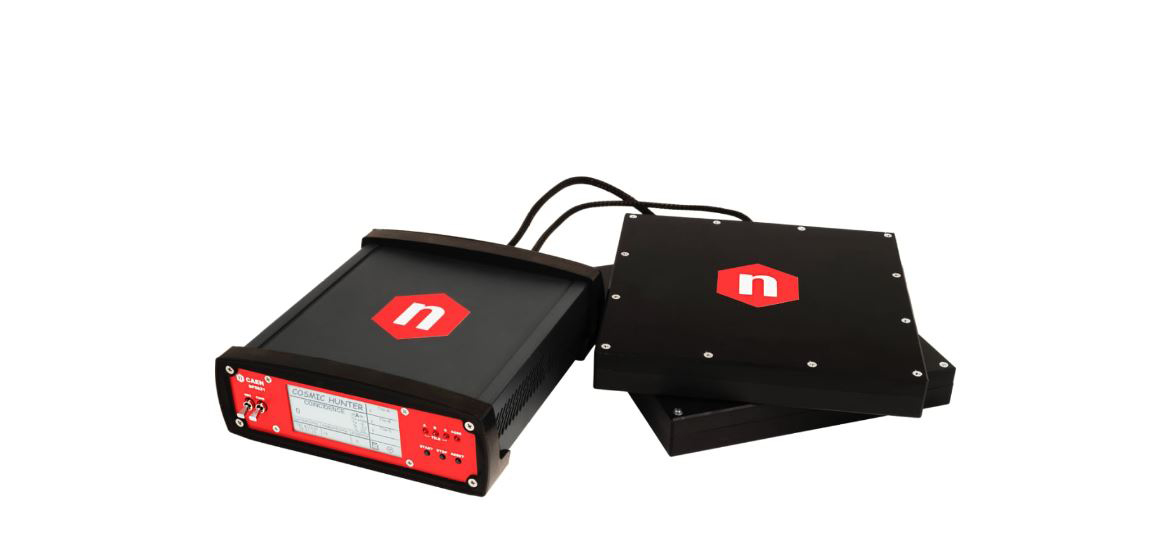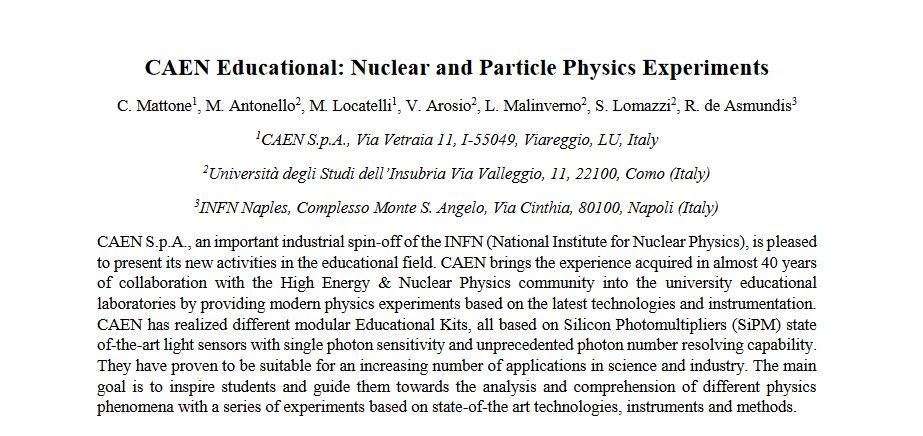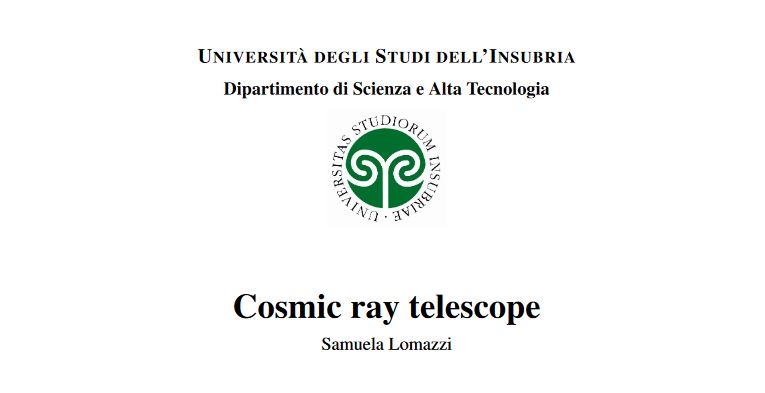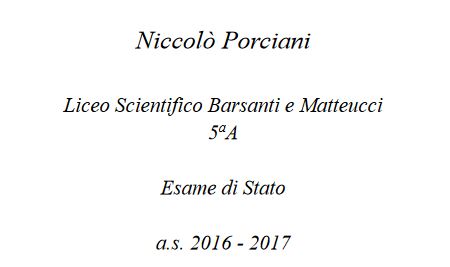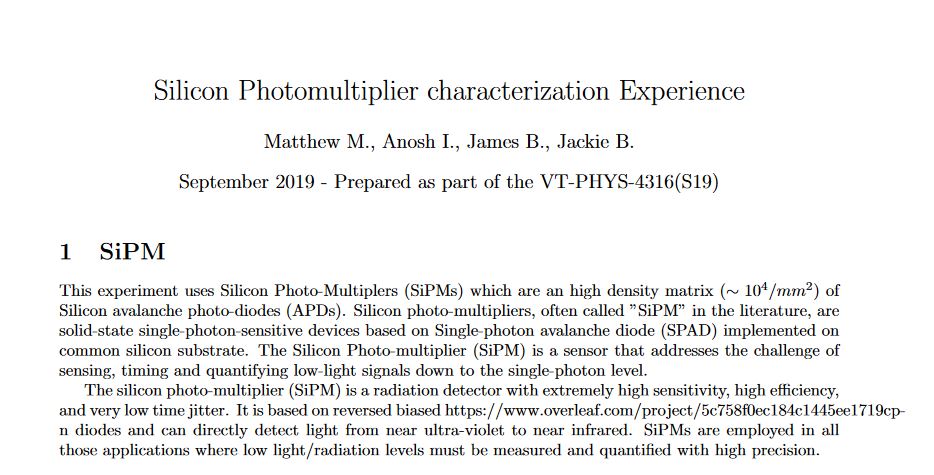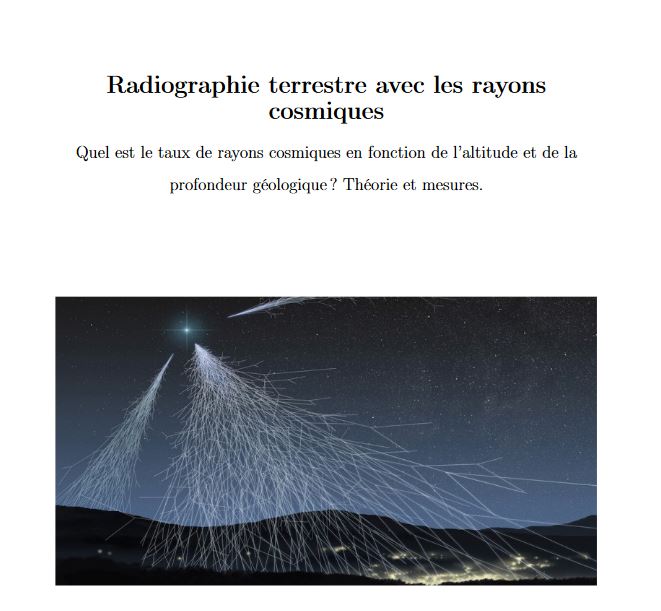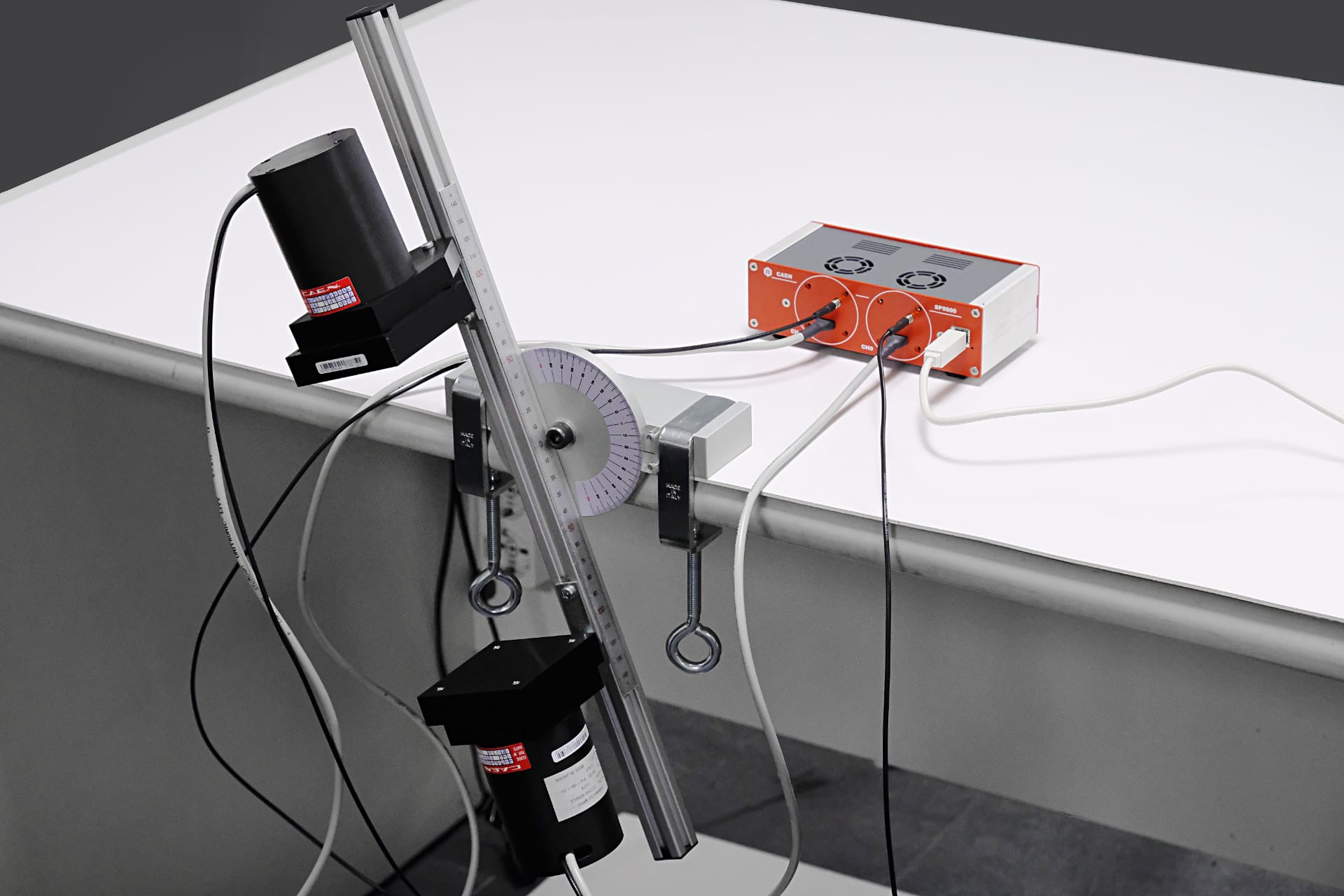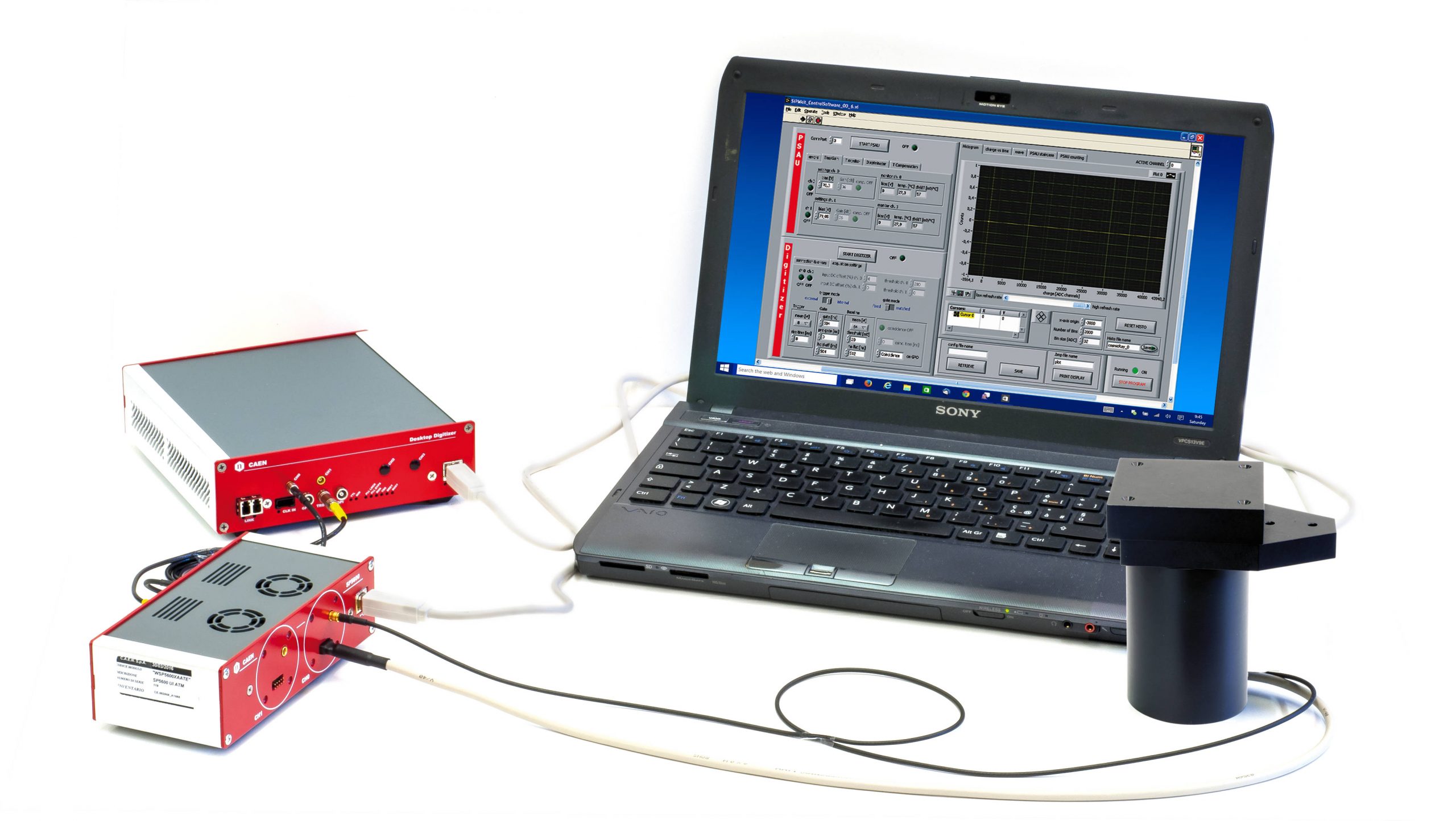Articles tagged as “Cosmics”
Muons Detection
Download printable version Difficult Execution Time Data Analysis Radioactive Sources No Yes Hardware setup This experiment guide is referred to the SP5622 educational kit. If you don’t have this kit, choose your own from the following list to visualize the related experiment guide: SG6211A – Educational Kit. Equipment: SP5622 - Detection System Model SP5622

